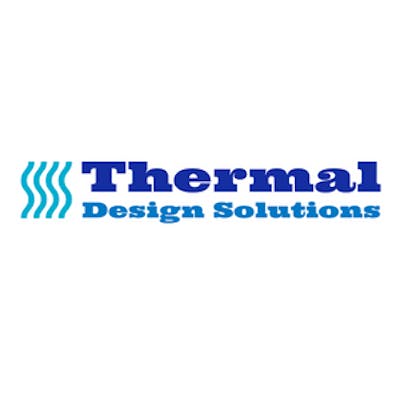Thermal Management Strategies That a Designing Firm Should Follow
Businesses have difficulty meeting customer expectations when they stick to the same manual design techniques they've used for years. However, you may save time and make an efficient model if you understand the obstacles that often slow down development.
Generative design software is a powerful tool for improving and speeding up the product development process. Thermal design may be difficult and time-consuming, even with the help of simulation tools. However, there are several long-term benefits to prioritizing thermal design at an early stage in product development. A thermal management consultant can free up constraints imposed by design path dependence and paves the way for novel approaches.
Here are three strategies that thermal consultants may follow to speed up things:
Recognize Your Particular Areas of Design
While the first may seem self-evident, it's surprising how much effort businesses waste on designing in non-critical areas. That's why it's crucial to identify trouble areas before you even begin constructing your thermal model. Your focus in these zones should be on resolving a particular issue. Consider the primary heat generators, heat sinks, and heat conductors in your design.
Get the Basics down First
Using as little component information as feasible while modelling electrical systems in thermal management software yields the best results in terms of speed and efficiency. Too much information leads to simulation models that use too much computation time and occasionally deliver results after the design requirements have changed. However, simple models give timely and meaningful information that allows enough leeway to investigate potential alternatives, particularly during the early stages of product creation.
Recognize Your Heat Sources Appropriately
How you should place your heat sources is determined by the data at hand and the degree of simplification you want to apply to your model. An excellent illustration of this is models with phase change applications. Here, the heat source is typically attached to the PCM material. While placing the heat sources, care should be taken to make sure the right heat transfer between the two is captured appropriately. This will need the right data for phase change material cooling.
About Thermal Design Solutions:
Thermal Design Solutions have a wealth of knowledge in the field of applied thermal design. This company provides thermal management consultants with extensive experience in the area of thermal design and has a high level of expertise and training in Ansys Thermal Analysis.
To know more, visit https://www.thermalds.com/
Original Reference: https://bit.ly/3jAeoSl
